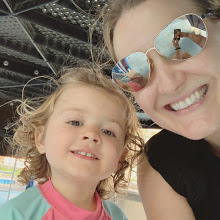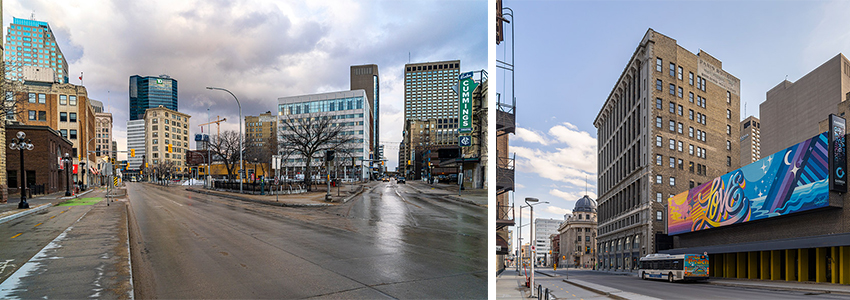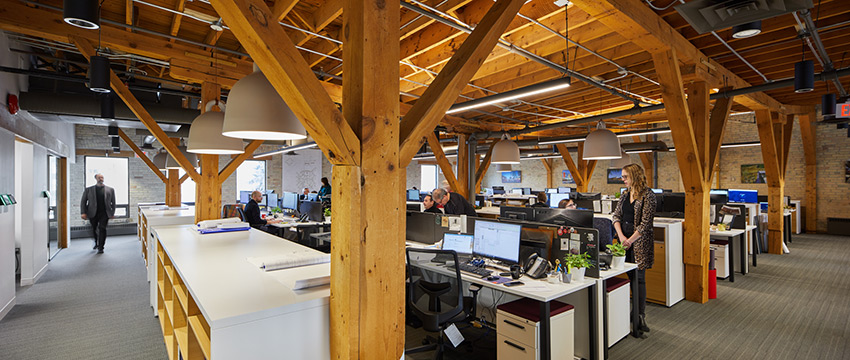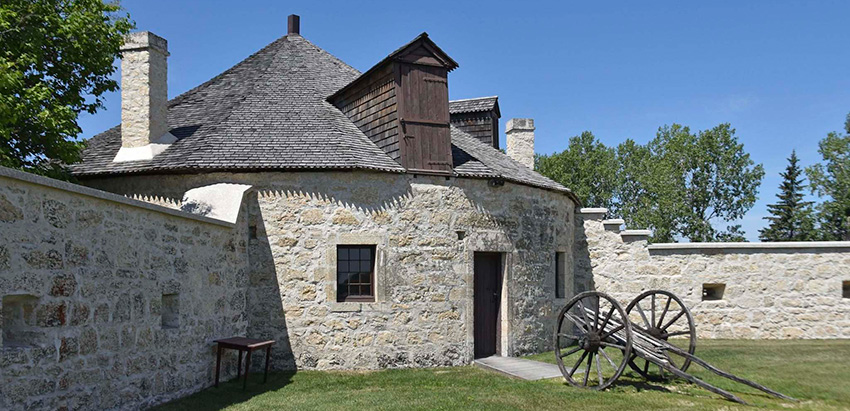5 Reasons Why P2 is More Important than Ever
- Details

By Marnie Gartrell, Architect
 I’m a mom to a demanding three-year-old. Our opposing views on everything from bedtime to potty breaks, result in time-consuming negotiations full of tears (her) and a roller coaster ride of emotions (me) – usually, ending in a “time out” for everyone. This test of wills can play out ten times before breakfast. So, recently, sensing a new debate on the horizon, I blurted out “Because I said so, and I’m the Mom”. This moment got me thinking -- how decisions get made by decision-makers is actually more important than what’s decided. Exercising raw power isn’t the way to achieve long term cohesion in a family – or in an organization.
I’m a mom to a demanding three-year-old. Our opposing views on everything from bedtime to potty breaks, result in time-consuming negotiations full of tears (her) and a roller coaster ride of emotions (me) – usually, ending in a “time out” for everyone. This test of wills can play out ten times before breakfast. So, recently, sensing a new debate on the horizon, I blurted out “Because I said so, and I’m the Mom”. This moment got me thinking -- how decisions get made by decision-makers is actually more important than what’s decided. Exercising raw power isn’t the way to achieve long term cohesion in a family – or in an organization.
Plain Bicycle Part 6 – Bike Boom 2020
- Details

By Erin Riediger, Architectural Intern
‘This is not a bike shop, this is a culture bomb’
Plain Bicycle is a 6-part podcast mini-series that asks the question; can bicycle culture be imported?
The podcast follows a group of Canadians who travel to the Netherlands to fill a shipping container with second hand Dutch bicycles to bring home to Canada. Over the course of the podcast I speak to the Plain Bicycle Project team about developing the idea for the project and their experience collecting the bicycles and preparing them to meet their new owners. Herbert Tiemens, senior advisor on pedestrian and cycling policy for the province of Utrecht speaks about his role in the project and Dutch cycling culture. Modacity’s Melissa Bruntlett and Chris Bruntlett, Authors of Building The Cycling City: The Dutch Blueprint for Urban Vitality discuss their experiences moving from Vancouver to Delft and why we should look to the Dutch to build cities that encourage and support everyday cycling.

From the Netherlands to cyclists here in Winnipeg
A Snapshot of life Without the Automobile
- Details

By Kendra Friesen, Architectural Technician
I have often thought how neat it would have been to create a time lapse during the pandemic. Same street corner, same time of day, all the way through the depths of this unique time. I would be curious to see how our city’s patterns have changed and what the emptiness and the ebb and flow of humanity truly looks like.
As many took refuge in their own homes, our city became quiet. One could cross Portage and Main as a pedestrian or cycle down Bannatyne Avenue towards Waterfront Drive without encountering a single vehicle. The streets became barren. Although it was shockingly different at first, it became the new normal almost overnight.

Images: Early on in the pandemic, downtown Winnipeg often times felt like a different city during the middle of the day with a lack of vehicle and pedestrian traffic. These images were both taken during usual busy hours. (Photos: Mike Pratt)
The Future of Workplace
- Details

By Ivy Bricker, Professional Interior Designer
As the days, weeks and months pass by, it has been too long since I have been at my desk at the Number TEN Office. Not that I am counting or anything, but I miss coming into the office each and every day. Since working from home, a lot of questions have been weighing heavily on me. When will we return to the workplace? What exactly will it look and feel like? I know it will not be the same office I left back in March. I start to look at the bigger picture, trying to understand the long-term effects for the future of workplace design.

Image: Number TEN open work area
Manitoba’s a great place to ‘staycation’
- Details

By Brent Bellamy, Architect + Creative Director
Originally published in the Winnipeg Free Press
With borders closed and travel restricted, this year’s summer holidays are a unique opportunity to take a provincial "staycation" and explore some of the historic buildings and places in our own backyard. Most of Winnipeg’s important heritage structures are well known, but we sometimes overlook the province’s rich architectural history outside the city, where several National Historic Sites offer an "only in Manitoba" experience as unique as anything found on a vacation abroad.
If you grew up in Manitoba, the last time you visited Lower Fort Garry, just north of Winnipeg, was probably during a Grade 8 field trip. The stone fort rarely receives the appreciation it deserves, as the oldest intact fur-trading post in North America. There are many recreations and reconstructions across the West, but our old fort is a very rare, real thing.



